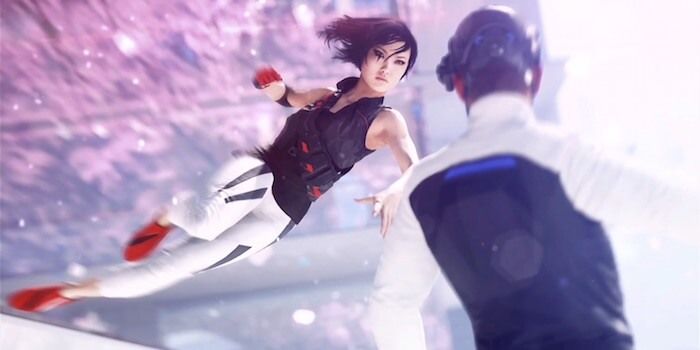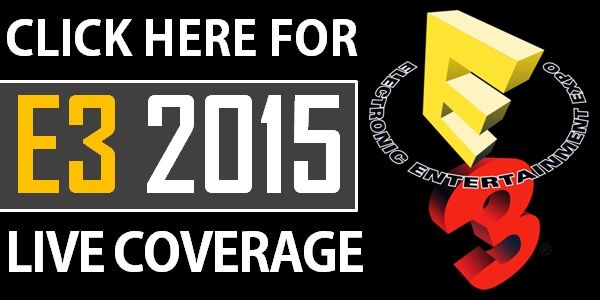While many developers and game creators are now taking to crowdfunding and private investment firms to try to get their game ideas funded, several are still using the small, but fervent, support of the fans to drive their projects. If a publisher believes that a particular title has a following, and especially if that following is vocal, there's a solid chance the game may get a sequel, follow-up, or reboot. Just look at Mirror's Edge Catalyst.
Although Mirror's Edge was critically acclaimed, it didn't sell as well as publisher Electronic Arts hoped, which put the game's future in flux. Still, the fan base remained adamant that they wanted a Mirror's Edge 2, and after years of waiting they are finally getting their wish.
Because Mirror's Edge Catalyst is very much a product made possible by the fans, DICE has incorporated a good deal of fan feedback into the game. First and foremost, the developers have put the game's focus squarely on traversal and taken out all of the gun play. It's true that Mirror's Edge Catalyst has combat, but it's more akin to mid-run takedowns than full fist fights, or at least that's what our demo featured.
For that matter, much of what we played in Mirror's Edge Catalyst was focused on highlighting three of the open world side mission types available the game, and how they incorporate gameplay and a small bit of story. After watching a short intro cinematic of our hero, Faith, being released from Prison, we were given the freedom to explore the City of Glass, albeit in bite-sized form. With only 15 minutes to work with, the demo cut right to the chase and had us running alongside buildings, under pipes, and across chasms, all of which was effortless and intuitive. If there's one thing Mirror's Edge 1 nailed it was the parkour, and it's no surprise to see that same attention to detail on display for the prequel.
Players can zip across, under, or above obstacles with the press of three distinct buttons/triggers, and can alter their trajectory on the fly. One of the missions had us racing against the clock, following the red painted scenery as a guide, but it was actually possible to find faster pathways and get a better time. On the flip side, there was a side mission where Faith is trying to hack a billboard that was a straightforward follow-the-path first person platformer mission, with minimal deviation.
What combat there was in the Mirror's Edge Catalyst E3 demo was very minimal - only about three enemies total. And as long as Faith was in her "flow," moving quickly from structure to structure, she was capable of taking out these foes with just the press of a button. Truthfully, that's a better solution for a game like Mirror's Edge, whose core focus on story and parkour doesn't necessitate any bombastic action sequences. The game is thrilling in its own right, and looks extremely crisp on current-gen hardware.
Plain and simple, Mirror's Edge Catalyst feels like a refined version of the original game in every important way. The parkour is smoother and more intuitive, the visuals match any of DICE's other Frostbite 3 engine games, and the story has deeper roots than just basic future-city corruption. Admittedly, the demo was such a small vertical slice of the game that's hard to say anything unequivocal about it as a whole. But what DICE had to show proved that they are out to please fans as best they can.
Mirror's Edge Catalyst releases February 23, 2016 for PC, PS4, and Xbox One.


